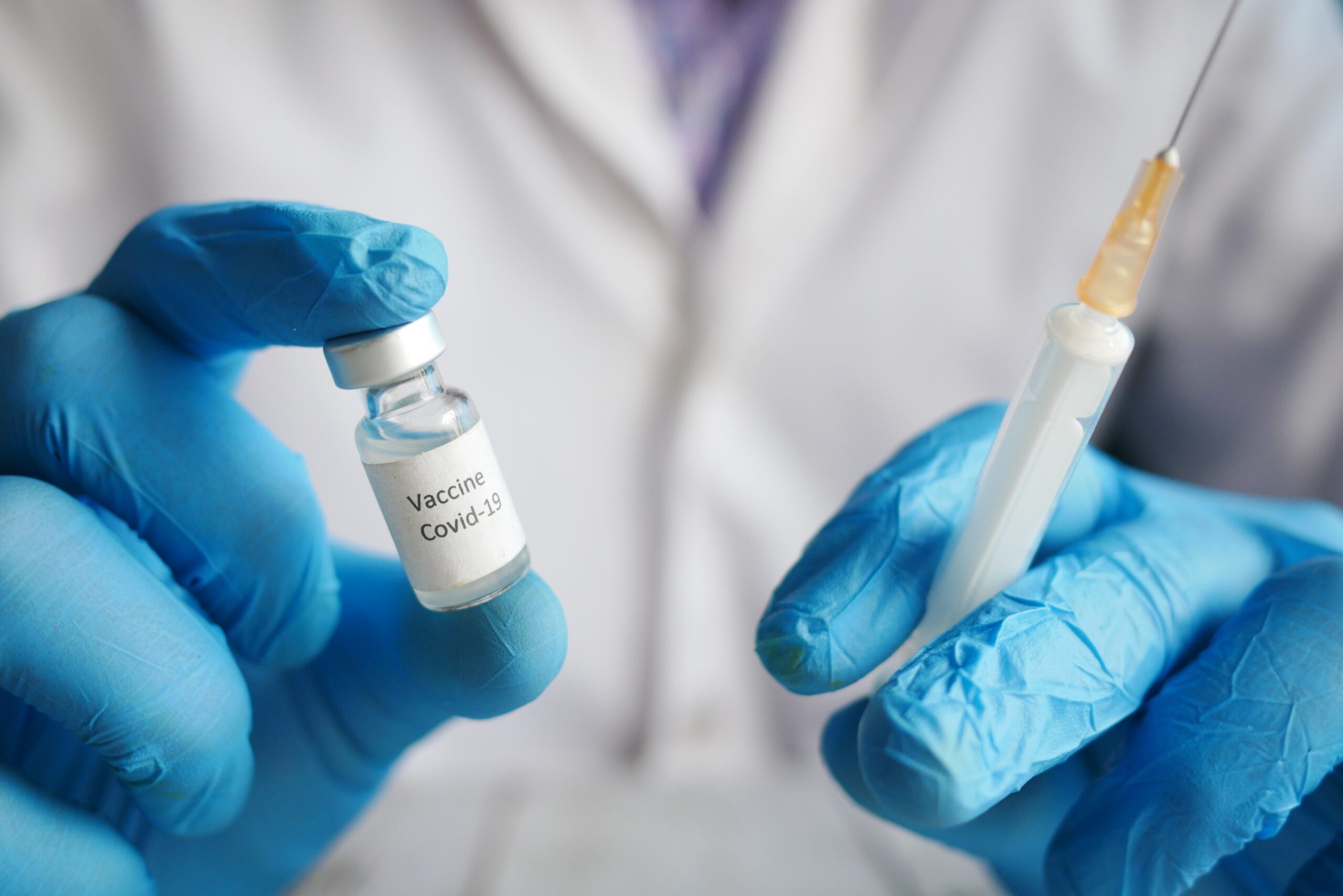UK Health Security Agency Releases Data Shows Most COVID-19 Deaths in England are Fully Vaccinated

The UK Health Security Agency released its weekly COVID-19 vaccine surveillance report in England as of 18 November 2021 (week 46). The data was broken into 10 year age groups. From the age group of 50 and older, there were more COVID-19 deaths from people who were fully vaccinated than not.
On page 21 of the report, it shows the COVID-19 deaths (a) within 28 days and (b) within 60 days of positive specimen or with COVID-19 reported on death certificate, by vaccination status between week 42 and week 45 of 2021.

Data above shows that at age 50 years old and above, more deaths within 28 days of positive COVID-19 test were reported after taking the second dose of COVID-19 vaccines on or after 14 days before specimen date. At 50 to 80+ age bracket who were fully vaccinated, 2,823 total deaths were reported compared to 587 deaths who were unvaccinated. Most of the people who died were in the vulnerable 80+ age bracket.

Data above shows that at age 50 years old and above, more deaths within 60 days of positive COVID-19 test were reported after taking the second dose of COVID-19 vaccines on or after 14 days before specimen date. At 50 to 80+ age bracket who were fully vaccinated, 3,347 total deaths were reported compared to 675 deaths who were unvaccinated. Most of the people who died were in the vulnerable 80+ age bracket.
If you check the data from week 42 and week 45, the high-risk age bracket still has the highest number of deaths and they were fully vaccinated.
The table below shows the unadjusted rates of COVID-19 infection, hospitalization, and death in vaccinated and unvaccinated populations.

This is how they interpret their data based on the report:
These data should be considered in the context of the vaccination status of the population groups shown in the rest of this report. In the context of very high vaccine coverage in the population, even with a highly effective vaccine, it is expected that a large proportion of cases, hospitalisations and deaths would occur in vaccinated individuals, simply because a larger proportion of the population are vaccinated than unvaccinated and no vaccine is 100% effective. This is especially true because vaccination has been prioritised in individuals who are more susceptible or more at risk of severe disease. Individuals in risk groups may also be more at risk of hospitalisation or death due to non-COVID-19 causes, and thus may be hospitalised or die with COVID-19 rather than from COVID-19.
The vaccination status of cases, inpatients and deaths should not be used to assess vaccine effectiveness because of differences in risk, behaviour and testing in the vaccinated and unvaccinated populations. The case rates in the vaccinated and unvaccinated populations are crude rates that do not take into account underlying statistical biases in the data. There are likely to be systematic differences between vaccinated and unvaccinated populations, for example:
- people who are fully vaccinated may be more health conscious and therefore more likely to get tested for COVID-19 and so more likely to be identified as a case (based on the data provided by the NHS Test and Trace)
- many of those who were at the head of the queue for vaccination are those at higher risk from COVID-19 due to their age, their occupation, their family circumstances or because of underlying health issues
- people who are fully vaccinated and people who are unvaccinated may behave differently, particularly with regard to social interactions and therefore may have differing levels of exposure to COVID-19
- people who have never been vaccinated are more likely to have caught COVID-19 in the weeks or months before the period of the cases covered in the report. This gives them some natural immunity to the virus for a few months which may have contributed to a lower case rate in the past few weeks.
These biases become more evident as more people are vaccinated and the differences between the vaccinated and unvaccinated population become systematically different in ways that are not accounted for without undertaken formal analysis of vaccine effectiveness. Vaccine effectiveness has been formally estimated from a number of different sources and is described on pages 5 to 8 in this report.

